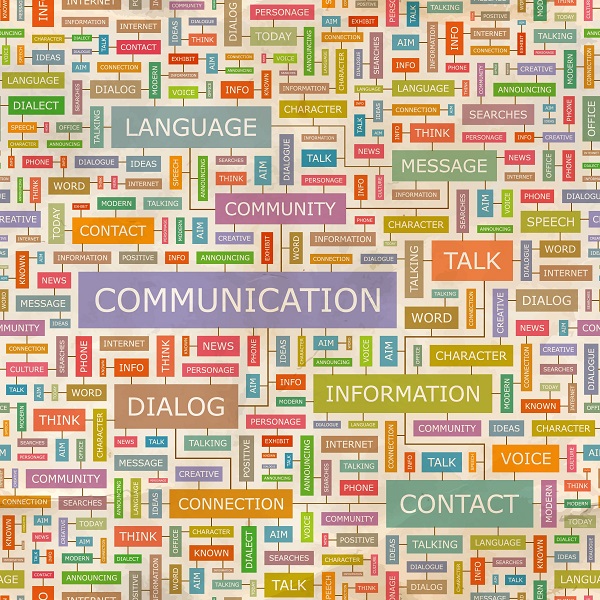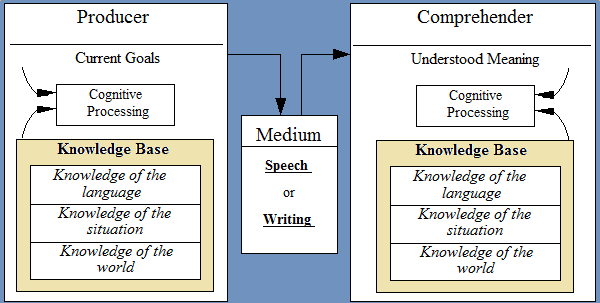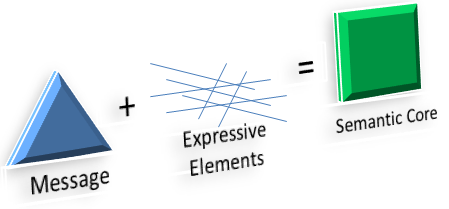11 Apr Are You My Grammar?
Quest for a Formalism
 Many grammar formalisms have been proposed for use with computers. Many existing formalisms have been borrowed for computer applications. Currently, one of the most popular grammar theories among linguists is called Government and Binding (Chomsky, 1986). This theory has been used in some computerized language-analysis programs, but poor outcomes have demonstrated that it is not well-suited for that domain. Many formalisms are incredibly valuable for structural analysis and description of certain aspects of language – especially syntax, long a primary focus of the study of linguistics. However, these formalisms do not appear to be well-suited to computerized interpretation of text, particularly of discourse meaning. Perhaps this is because computers require minutely accurate details of all the phenomena affecting meaning.
Many grammar formalisms have been proposed for use with computers. Many existing formalisms have been borrowed for computer applications. Currently, one of the most popular grammar theories among linguists is called Government and Binding (Chomsky, 1986). This theory has been used in some computerized language-analysis programs, but poor outcomes have demonstrated that it is not well-suited for that domain. Many formalisms are incredibly valuable for structural analysis and description of certain aspects of language – especially syntax, long a primary focus of the study of linguistics. However, these formalisms do not appear to be well-suited to computerized interpretation of text, particularly of discourse meaning. Perhaps this is because computers require minutely accurate details of all the phenomena affecting meaning.
Syntax, though essential, is only one of many such phenomena. Interpretation requires disambiguation of polysemous, anaphoric and uncertain words and segments of text and discourse. Thus, multiple levels of constraints, from the discourse level down to the phonemic level, must be incorporated in interpretation.
| Understanding Context Cross-Reference |
|---|
| Click on these Links to other posts and glossary/bibliography references |
|
|
|
| Prior Post | Next Post |
| Talking About Computational Linguistics | Making a Pattern of Comprehension |
| Definitions | References |
| grammar formalisms | Winograd 1983 |
| language syntax meaning | Winston 1984 |
| polysemy anaphora | Miller 1976 |
There is still much research and debate on how to formalize the relationships between the levels of linguistic phenomena in ways that support robust computational models. In the next several posts I will describe these phenomena, and lay a foundation for leveraging what we have learhed about the brain, perception and cognition that will help us formalize models for communication. 
Communication as a Process
It can be convenient to develop a model and a graphic representation as a means of description. Terry Winograd (1983, Vol. 1) provides just such a model for communicative processing which may be applied to both humans and machines with “intelligent active processors.” This model involves two players, the producer and the comprehender, who perform complex cognitive operations. Winograd characterizes production as mapping the multi-dimensional communicative goals of expressing information, attitudes, and desired effects into the linear structured symbols of language, spoken or written.  The product is a message conveyed by writing, speech, gesture, or some other medium reflecting the intent of the producer. The medium is used to convey current goals to comprehender in a way that is expressive enough to enable the comprehender to understand the meaning. Notable in this model are the expressiveness and the linear structure. The comprehender makes use of available resources and intelligent reasoning to interpret, or reverse engineer, the message. When more than one person plays the comprehender at once, as in a public forum or broadcast, a single message is likely to be interpreted as having multiple meanings, each dependent on the perspective of the individual comprehender.
The product is a message conveyed by writing, speech, gesture, or some other medium reflecting the intent of the producer. The medium is used to convey current goals to comprehender in a way that is expressive enough to enable the comprehender to understand the meaning. Notable in this model are the expressiveness and the linear structure. The comprehender makes use of available resources and intelligent reasoning to interpret, or reverse engineer, the message. When more than one person plays the comprehender at once, as in a public forum or broadcast, a single message is likely to be interpreted as having multiple meanings, each dependent on the perspective of the individual comprehender.
The Semantic Core
 How does cognitive theory apply to NLP? At the end of this post, I have a geometrical model of communicative processing that begins with the, often ill-defined, goals or intent of the producer coalescing into a message. The next post establishes a symmetry, and attempts to demonstrate bi-directional linearity or the systolic nature of communication. The blue triangle, labeled message, represents the first element of the communicative process, including the information, attitudes, and desired effects conjured by the producer.
How does cognitive theory apply to NLP? At the end of this post, I have a geometrical model of communicative processing that begins with the, often ill-defined, goals or intent of the producer coalescing into a message. The next post establishes a symmetry, and attempts to demonstrate bi-directional linearity or the systolic nature of communication. The blue triangle, labeled message, represents the first element of the communicative process, including the information, attitudes, and desired effects conjured by the producer.
Most of us instantaneously associate this message kernel with elements that potentially bear meaning. These lexical elements, labeled expressive elements on the model, may be relatively amorphous until the message is fully produced, so they are drawn as intersecting lines. The marriage of this purely abstract meaning with expressive symbols is the first step in the production or synthesis that forms the Semantic Core, represented here by a green square.  This is the beginning of the model for dialog and other forms of communication.
This is the beginning of the model for dialog and other forms of communication.
| Click below to look in each Understanding Context section |
|---|








